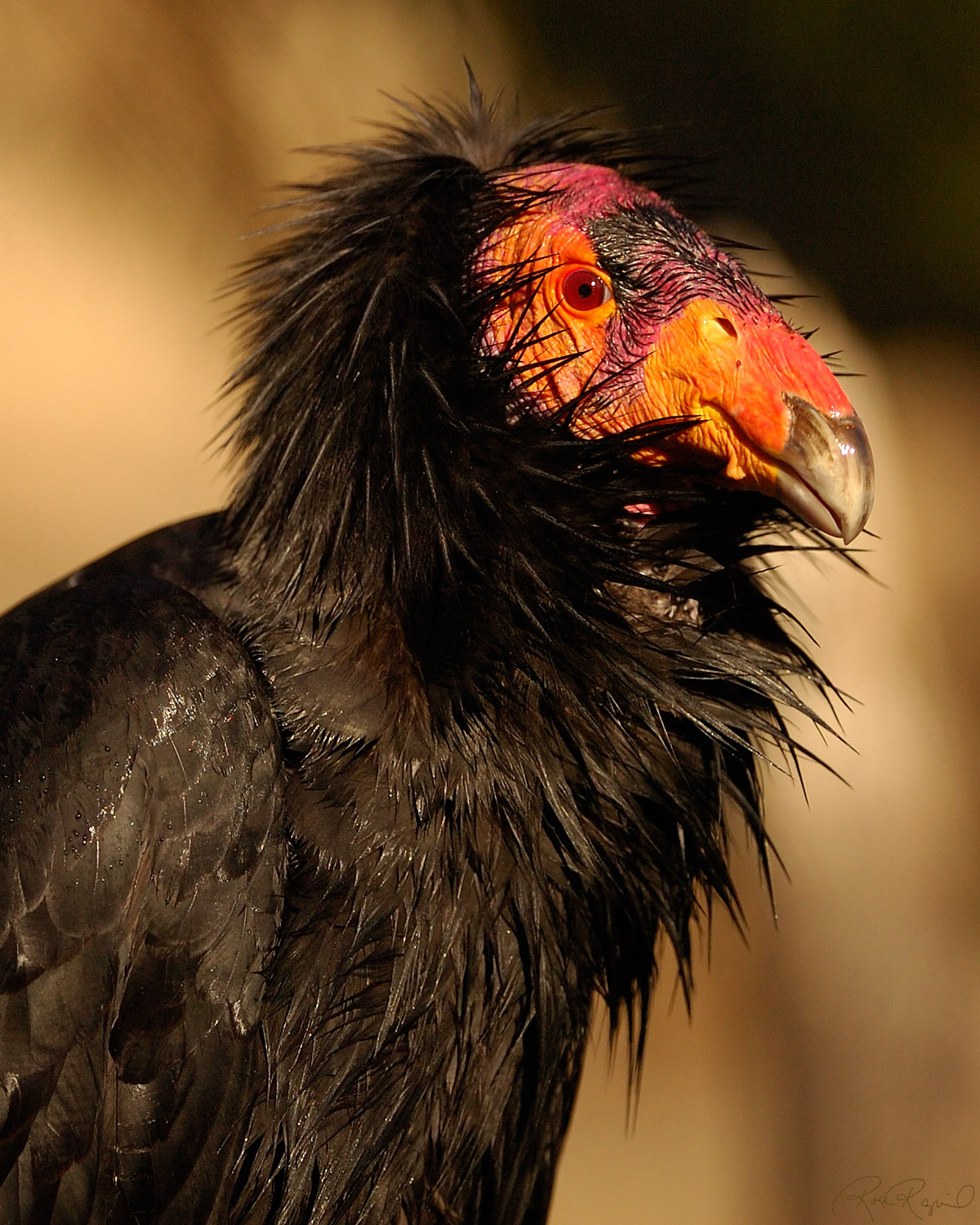
The Condors of the Columbia habitat is home to three adult birds from the zoo's Jonsson Center for Wildlife Conservation condor recovery program that cannot be released in the wild. Today three zoos (Oregon, San Diego and Los Angeles) and The Peregrine Fund's World Center for Birds of Prey, serve as the recovery program's breeding institutions. Fish and Wildlife Service, working with many other agencies and partners, implements and oversees the California condor recovery program. Until the problem of lead poisoning is resolved, condors will not be fully recovered in the wild.Ĭondors are both a biological and a cultural indicator species that provide valuable information about the diverse communities that sustain them, including humans' own creative capacity to give back to and support natural ecosystems. A young male adult, he was a bird whose life had been followed closely for a number of years. A successful reintroduction hinges on protecting the released birds from premature death. On Easter Sunday of 1987, the last California Condor ( Gymnogyps californianus) known to exist in the wild was trapped for captive breeding, joining 26 others of his species at the San Diego and Los Angeles Zoos. The Oregon Zoo would like to see California condors once again soar over the Pacific Northwest, but it is not simply a matter of releasing birds into their historic range. Seven are currently breeding in the wild. Since 2004, 51 Oregon Zoo-reared condors have been released into wild areas in California and Arizona. After several months in the field pens they are released into the wild.įrom a population low of 22 birds in 1989, there are now more than 400 condors, with half flying free. Oregon-raised condors then move to field pens at one of the five release sites in Mexico's Baja California peninsula, central and southern California and northern Arizona.A mock power pole in their enclosure is rigged to provide a mild electric shock if they land on it. Young condors receive aversion training that teaches them not to land on power poles.

There they begin their flight fitness preparations and learn to socialize with adult "mentor" condors. When they are about eight months old, hatchlings are moved from breeding pens to a fledgling flight area.Following an annual tradition, tribal partners have the option to name the condor chicks. By June, all chicks have usually hatched.

When the egg begins to hatch it is placed back with the parents. Once an egg is laid, it is removed from the nest to an incubator.

The isolated 52-acre facility is designed to limit human contact, which maximizes the young condors' ability to thrive in the wild once they are released. Condors returned to Oregon after nearly a century in 2003, when six breeding pairs were brought to the Jonsson Center for Wildlife Conservation in Clackamas County. Stretching 10 feet from wingtip to wingtip, California condors (Gymnogyps californianus) are the largest land birds in North America, and once ranged from. California condors are the largest land birds in North America, with impressive wingspans of 9.5 feet and weights of around 20 pounds.


 0 kommentar(er)
0 kommentar(er)
